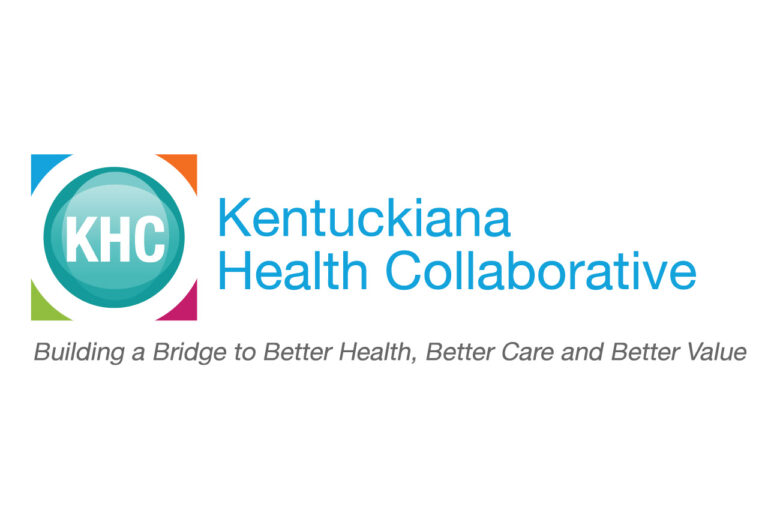Guest Blog written by Larry S. Boress, Executive Director, National Association of Worksite Health Centers (NAWHC)


Employers continue to face health care benefit costs that outstrip the inflation rate, while quality, access and satisfaction with the health system is declining.
Many employers have decided to optimize their benefit dollars by offering an onsite or near-site clinic to their covered populations. This benefit solution is not limited to large manufacturers, as employers of 200+ can obtain the savings and improvements such a facility can bring to your bottom line, productivity and retention rate.
Worksite health programs were initially developed to provide first aid and emergency care to employees working in remote or dangerous locations. Over time, many employers decided that offering a company nurse or doctor was a good approach to treat injuries and provide occupational health services
to comply with federal and state workplace requirements. The medical personnel, usually an RN, was also available to manage absences, prepare employees for foreign travel and provide a minimal level of acute care services.
According to a recent survey by the National Business Group on Health, close to 50% of large employers, those with over 5000 worker, have onsite or near-site clinics, and by 2020, two-thirds will have such facilities. The National Association Worksite Health Centers (www.nawhc.org) has found that 30% of employers of all sizes currently offer some form of health care services at the worksite. Today, the services provided at the worksite run the entire spectrum of health care, including not just medical, but dental, vision, physical therapy, chiropratic, lab and pharmacy services are being offered.
Leading employers are beginning realize that by offering the services that force employees to leave work, they can reduce the cost and better manage the health of their covered populations, while improving productivity, since they’ll have reduced the number of situations and the time off the job by workers seeking medical care.
An employer-sponsored health center can serve as the hub of the worksite wellness wheel in integrating and analyzing ALL the data from vendor and employer-sponsored health related programs and activities. At the same time, the onsite clinical staff increase the engagement of their workers in the multiple preventive and condition management programs they offer. This type of population health approach effectively identifies unnecessary services, gaps in care, opportunities for savings and quality variations to be addressed.

Employers looking at or offering such facilities should be careful not to let their clinic become just another fragmentation of the health care system. Worksite centers need to connect and share patients data with a patient’s own physician. It also offers a source of primary and acute care for those 40-60% of employees who don’t have a personal physician.
Patients see their physician 1-2 times each year, for 7-12 minutes per visit – hardly enough time to enable the provider or the patient to communicate or drill down on physical and mental health issues.
However, people are at their workplace 1000-2000 hours a year, which gives the employer a tremendous opportunity to engage, educate, monitor and motivate employees to learn about and address key health issues and conditions.
To enable employers to better understand and expand on the value of “health and wellness” centers, the National Association of Worksite Health Centers (NAWHC) was formed in 2012. The Chicago-based NAWHC (www.worksitehealth.org) is the nation’s only non-profit association supporting employer sponsors of onsite, near-site and mobile health, fitness, pharmacy and wellness centers. It also offers a new “Guidebook on Measuring the Performance of Worksite Health and Wellness Centers” to enable employers to understand and use credible metrics and approaches to ensure their getting true value of their investments in their clinics.
An onsite health center can serve as a vehicle to achieve many health benefit objectives, including efforts to reduce medical cost trend by avoiding utilization of unnecessary care; improve health of covered population; integrate all worksite health care, preventive and wellness programs; and reduce absenteeism, while improving productivity.
The presence of the clinic can also increase the visibility and access to other benefit programs and services, now available via a warm handoff between providers and vendors. The consolidated data now can track patient use of service and referrals and allow vendors to collaborate on a patient’s care management. Onsite fitness centers, often underutilized, can also be integrated into the health center’s physical therapy and cardio programs. Finally, the integration enables easy collection and measurement of the center’s performance and impact on the population’s health and employer’s benefit costs.
Tomorrow’s onsite center will serve as the integrator and hub of an employer’s health data and activities. In doing so, employers, with the cooperation or local providers the and support of their vendor partners, will finally be able take control of their health care spend, while assuring their workforce easy access to quality providers, at little of no costs. This will enable employers to achieve population health management and reduce cost, while improving health, productivity and their firm’s bottom line.
Larry Boress is Executive Director of the National Association of Worksite Health Centers and can be reached at lboress@nawhc.org.





